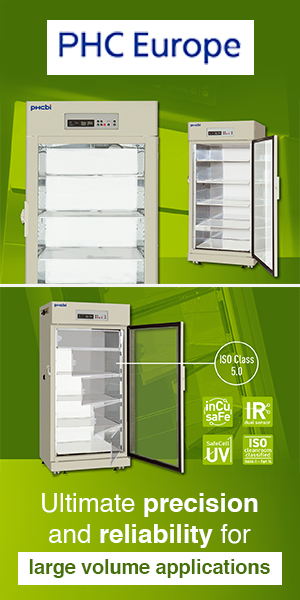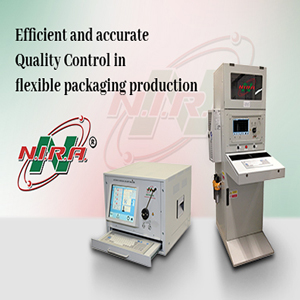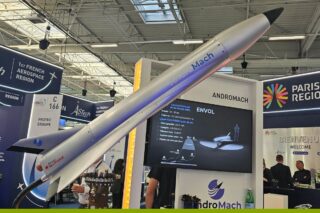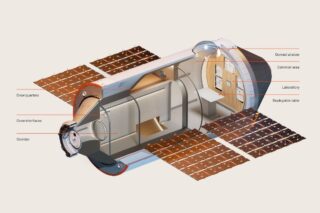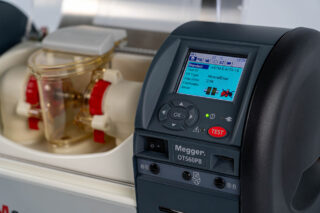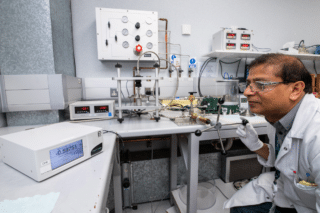Sweetch Energy is at the forefront of osmotic power, also known as “blue energy,” a revolutionary technology that captures energy from the mixing of fresh and salt water. Using selective membranes, the company converts ionic movement into renewable electricity. Since its founding in 2015, Sweetch Energy has raised €40 million, employs 60 staff members, and aims to scale its technology to a 500 MW capacity—enough to power 1.5–2 million people. They collaborate with Rockwell Automation for remote control and monitoring systems.
We interviewed Nicolas Heuzé, CEO and co-founder of Sweetch Energy, in 2023 and caught up with him again last week at Automation Fair in Anaheim, California.
Last year, Sweetch Energy had just succeeded in generating electricity from delta waters, a process known as osmotic energy.
This year, the company announced it would be using Rockwell Automation products to advance its osmotic energy demonstrator project. The company’s immediate focus is a 50 kW demonstrator plant in the Rhône River Delta, targeted for deployment in Q1 2025. This pilot will pave the way for large-scale installations, tapping into France’s most extensive river system to create a sustainable, carbon-free energy source.
What Is Osmotic Energy?
Osmotic energy leverages the natural process of osmosis, where water molecules move from areas of low salinity to high salinity. This energy is harnessed through ion-selective membranes, which create an electric current from the flow of ions. Unlike dams or intrusive infrastructure, osmotic power operates discreetly at riverbanks, complementing existing renewables like solar and wind by offering a steady and scalable energy source.
According to Nicolas Heuzé,
“The heart of our osmotic power system lies in mixing streams of freshwater and seawater to generate electricity—without the need for dams or significant river modifications. Our system operates near the riverbank, where these water streams are channeled into our generators. Osmotic power is uniquely suited to complement existing renewable energy sources like solar and wind by providing consistent, carbon-free electricity. This approach eliminates the need for intrusive infrastructure, offering significant scalability potential. It holds promise as a key contributor to the global energy transition.”
Read our 2023 interview with Nicolas Heuzé
The Technology Behind Osmotic Power
At the heart of this process are specialized ion-selective membranes. The ion-selective membranes allow specific ions—either positive or negative—to pass through, creating a potential difference similar to a battery. These potentials accumulate, and an electric system converts the resulting ionic current into usable electricity.
Previous generations of membranes, while effective, had extremely small pores (at the micro or sub-microscopic scale) that significantly slowed ion movement. This low permeability limited their power density and overall efficiency.
Recent advances in nanotechnology have dramatically improved the efficiency of these membranes. Researchers in France discovered that nano-scale pores in membranes—100 to 1,000 times larger than traditional ones—can maintain ion selectivity while allowing faster ion movement. This increases the efficiency and power density of the system.
According to Nicolas Heuzé, the system requires 1 m³/s of water per MW and aims for 75-80% efficiency.
Sweetch Energy, the Pioneer
Founded in 2015, Switch Energy has focused on transforming lab-scale nano-osmotic diffusion into a viable industrial solution. Over several years, the company designed a high-performance, low-cost, and eco-friendly membrane. By 2020, they had a proof of concept and are now scaling up their technology. Based in Brittany, France, Switch Energy which now employs 60 people, has raised €40 million to bring its vision to life.
Switch Energy’s first pilot plant is being built on the Rhône River delta, France’s largest river system. This small-scale demonstrator, with a capacity of 50 kW, will pave the way for larger installations. The Rhône River Delta has the potential to host up to 500 MW of osmotic power, enough to supply clean electricity to 1.5–2 million people.
Collaboration with Rockwell Automation
To realize their vision, Sweetch Energy partnered with automation leader Rockwell Automation for state-of-the-art monitoring and control systems. These systems offer real-time visualization and remote operation of osmotic power plants. Nicolas Heuzé explains:
“With Rockwell Automation, we’ve developed a system that tracks real-time site operations. This enables visualization and precise remote control over elements like valves, ensuring efficient plant management.”
Rockwell Automation customized its CompactLogix controllers, FactoryTalk software, and variable frequency drives for Sweetch Energy’s unique needs. These tools enable efficient water flow management, remote operation, and system performance monitoring.
Alain Hermans, process industry strategy and marketing manager for EMEA at Rockwell Automation added:
“At Rockwell, we have our ControlLogix and drives, which provide the necessary functionality. However, for a unique application like this, we had to build an additional application layer. We have a variety of tools for that purpose, but because this is such a novel approach, we developed specialized library objects that were loaded into the controller.”
One of the key requirements was enabling remote operations.
“For example, if the plant is in an isolated location, like a river in Alaska, where conditions can be extreme, the ability to operate remotely becomes essential. Using Optix software, which is ideal for such situations, we made some adjustments—not to the firmware itself, but at the application level.”
The first version of the control system is already operational and offers partial remote control. Version 2, expected in the coming months, will deliver full remote capabilities, enabling complete site automation and further boosting efficiency.


